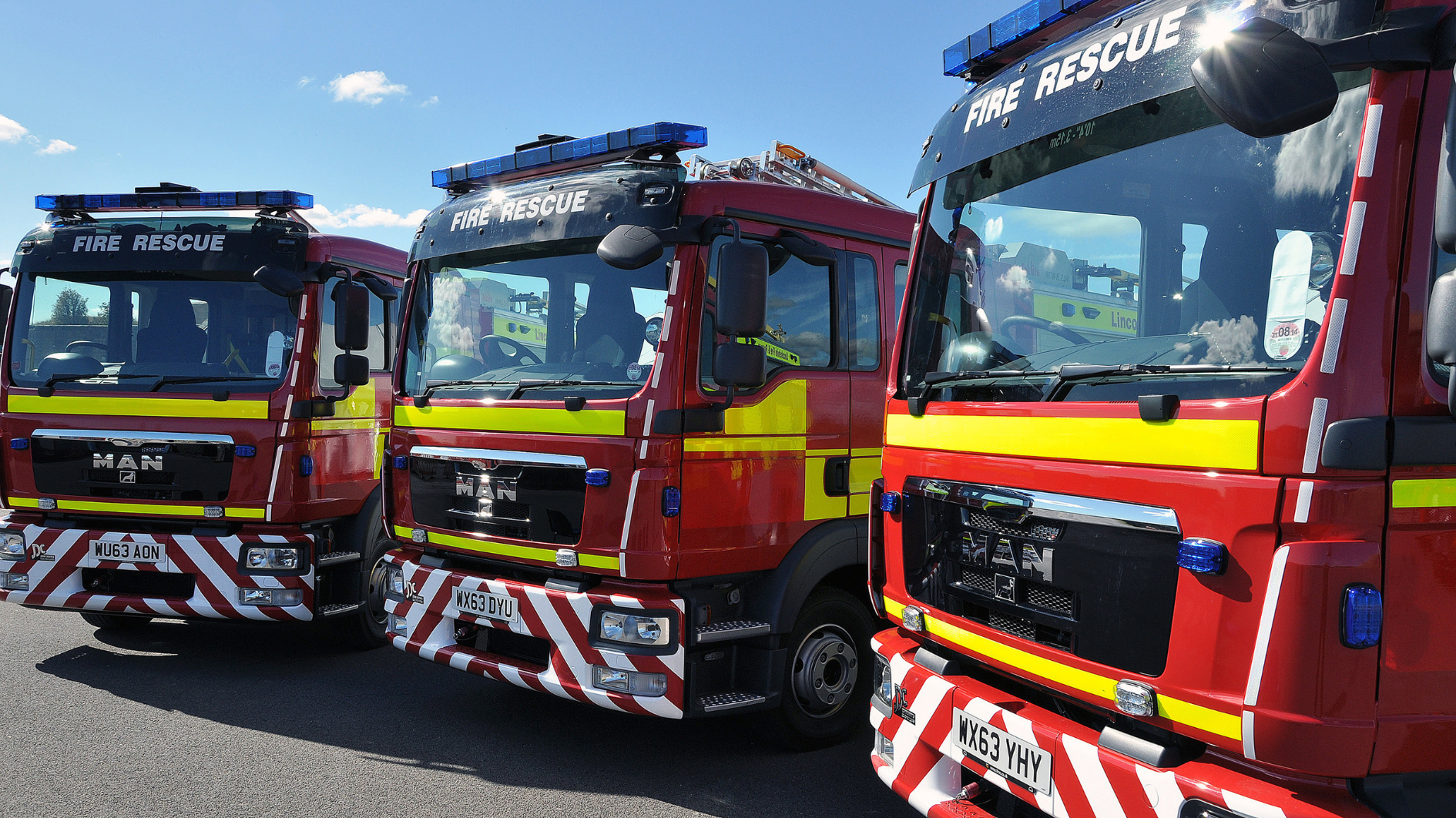
Lincolnshire Fire and Rescue is proposing to change the way it reports the time it takes fire appliances to attend incidents, to match how the Government reports it.
This isn’t a change to how the service responds, but simply how attendance times are reported.
Now the service is asking for views on this proposed change. To have your say anonymously, visit www.letstalk.lincolnshire.gov.uk/lfr_response. There are just two questions about the change and a selection of additional questions about you that you can choose to answer if you wish.
The benefits of changing how we report the statistics are:
- it will be in-line with national reporting and comparable with previous years’ data
- it will be easier to compare performance with other similar areas
- it will be easier to understand.
The difficulties of changing how we report are:
- we currently use maps as part of our reporting, which are visual and some people might think they’re clearer than just using average figures
- people might think our response or targets will also change, but they won’t.
Currently, to report performance the service uses maps that predict 10, 15 and 20 minutes ‘expected’ response times for each appliance.
The reporting shows how often the first appliance attends dwelling fires and RTCs across the county within the expected timeframe (we aim for this to be 100%). The second appliance should attend all dwelling fires across the county within 25 minutes on 100% of occasions
We are proposing to change the standard to make it simpler to understand and to bring it in line with the way the Government reports attendance times.
The proposed new standard is that the first appliance will attend all dwelling fires across the county within an average of 11 minutes, and the first appliance will attend all other incidents across the county within an average of 15 minutes.
